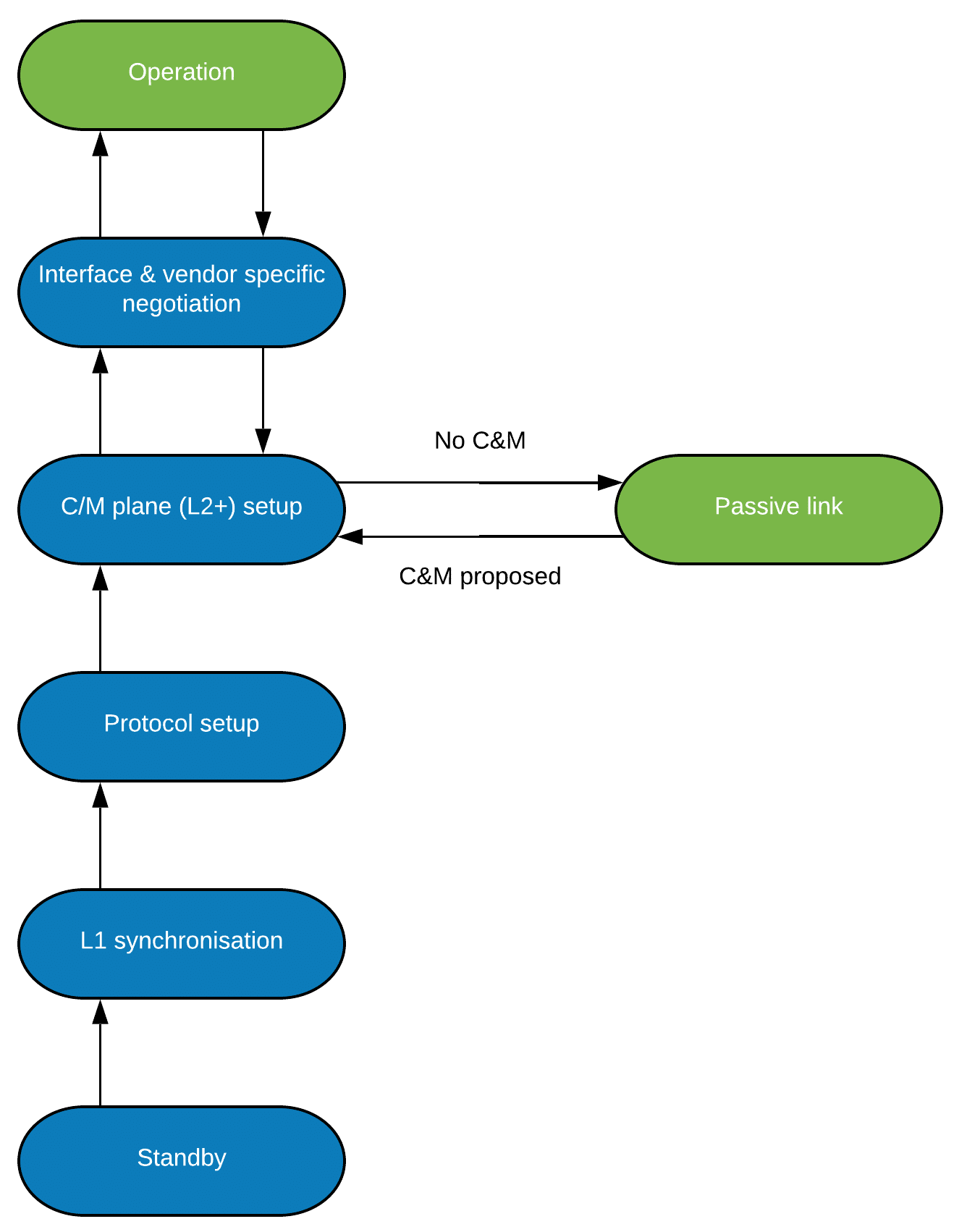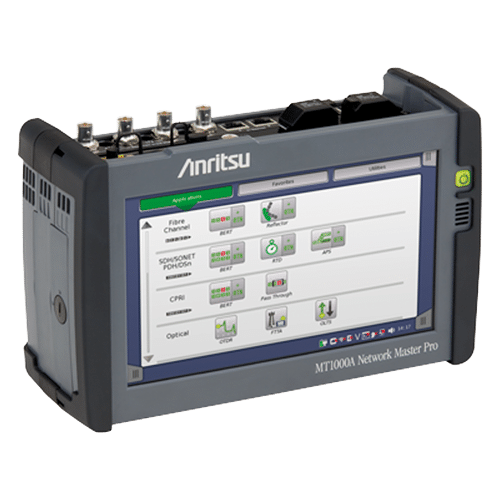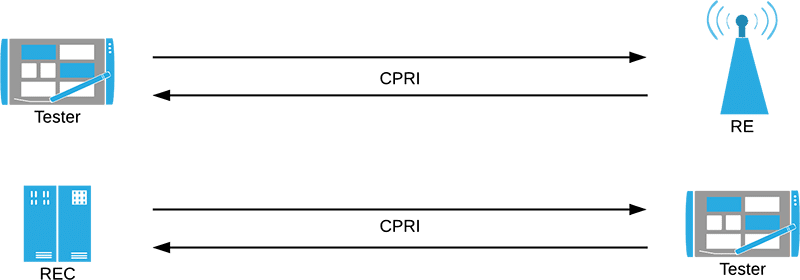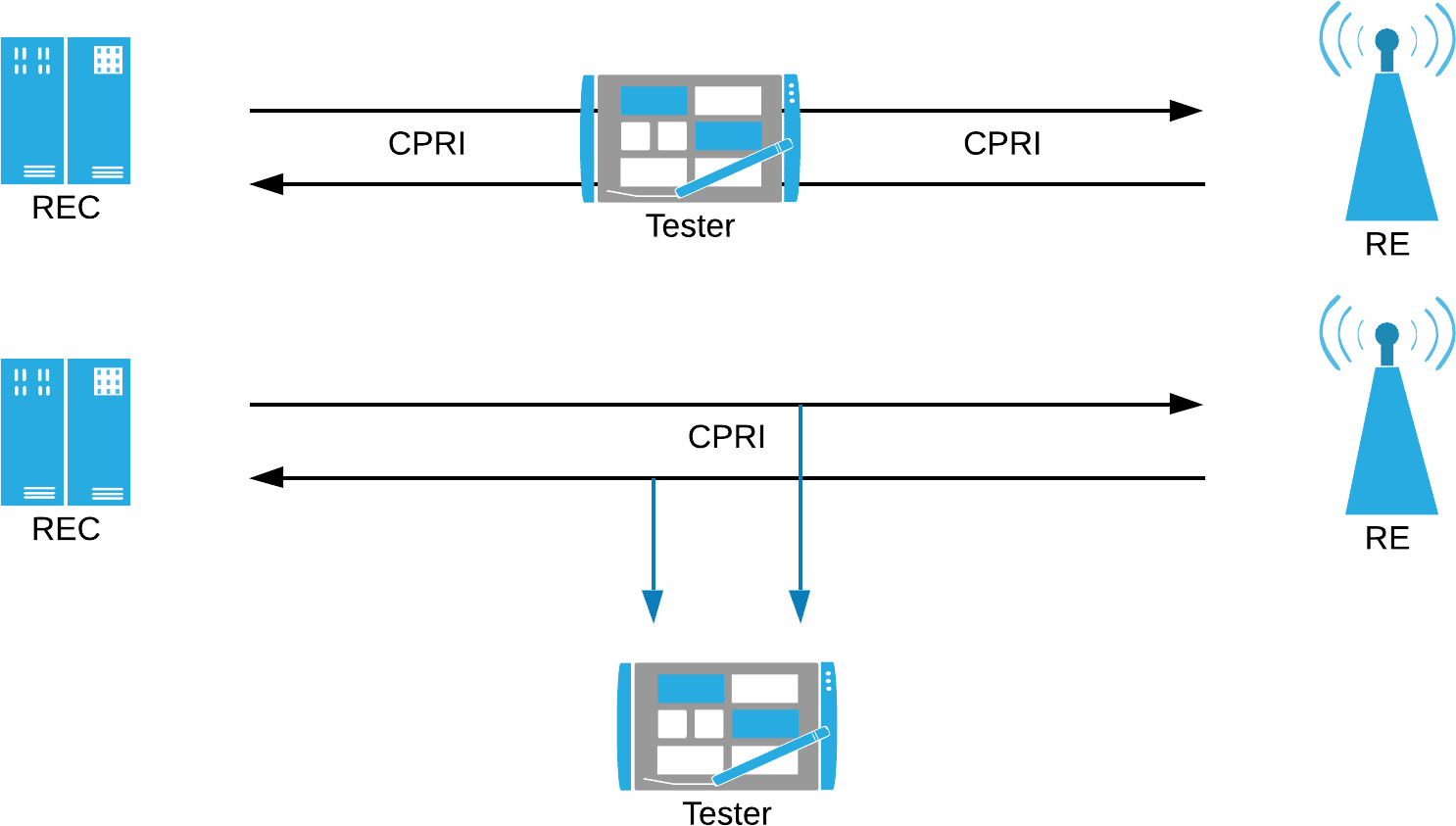Testing mobile fronthaul networks
CPRI / OBSAI testing
The need for the C-RAN
The rapid spread of smartphones and tablets together with many new Cloud services in the last decade have led to explosive growth in mobile data traffic. Operators are supporting mobile data traffic growth by increasing the bandwidth of mobile communications networks. This has been an important driver for a complete change in mobile communications systems with the adoption of the Centralized-Radio Access Networks (C-RAN), sometimes called Cloud-Radio Access Networks. Another important driver for operators has been reducing network running costs.
Using C-RAN, the mobile fronthaul is configured with centralized Base Band Units (BBU) controlling multiple, distributed Remote Radio Head (RRH) units at antenna sites. BBUs and RRHs are connected via general-purpose interfaces, most commonly the Common Public Radio Interface (CPRI), or in some cases the Open Base Station Architecture Initiative (OBSAI).
Construction of mobile networks using eCPRI (Ethernet CPRI) has started recently.
Removing BBUs from antenna sites reduces operators’ costs for renting space and power to the equipment at the antenna site, etc. However, locating BBUs some distance from RRHs requires a reliable connection, which is provided by C-RAN.
The CPRI running over C-RAN has two main layers:
- Layer 1: Provides physical transport
- Layer 2: Has several areas; the L1 In-band Protocol area is important in Layer 2. Understanding the L1 In- band Protocol area allows the operator to troubleshoot alarms and errors.
During recent CPRI installations, many operators have found that up to 80% of CPRI turn-up issues occur in the lowest layers. Therefore, during installation, it is essential to confirm that the RRH/RE can communicate to ground even when the BBU/REC has not yet been installed.
This includes:
- Confirming the RRH/RE can connect to the Passive Link state as per the CPRI standard.
- Confirming that connection including the HDLC layer within the Layer-2 network is connecting correctly to the C&M Plane.
When these two are functioning correctly, the first phase (often considered the most important and most expensive) can be confirmed before installing the BBU/REC at the second phase.

CPRI states and transitions
When both devices are in the Operation or Passive Link state the link is in normal operation.
Network Master Pro

100 Gigabit Ethernet capable field network tester supporting CPRI / OBSAI testing up to 25G and CPRI over OTN testing. eCPRI testing supported for 5G deployments.
Find out more
Test case 1 - end to end layer 1 link testing
In this case, the physical line between REC(s) and RE(s) is tested during the installation phase, before connection of the actual network equipment (RECs and REs).
The line can be optical, carried over a radio link or microwave link or the line can be CPRI over OTN. In any case, the tester is connected via the optical interface to the link.
Typical tests in this case are:
– BER test (Framed or unframed). One side could be in loopback.
– Delay measurement with one side in loopback.

Test case 2 - point to point link testing
In this case, the network equipment (RECs and REs) are tested during the installation phase.
The tester is connect to the actual REC or RE equipment and generates CPRI traffic for testing the CPRI link.
Typical tests in this case are:
- Frequency measurement
- Monitor control word K30.7 (indicates error in 8B/10B line code) and monitor 8B/10B Line Code Violations (LCV) (CPRI option 1-7 only) Equipment behavior check:
- Check that the equipment can reach the “Passive Link” state
- Check the equipment behaviour when alarms are generated

Test case 3 - traffic monitoring & analysis
In this case, the C-RAN behavior is tested during the installation phase or later for in-service troubleshooting of the system.
The tester is located between the REC and RE equipment in either dual port pass-through or monitoring traffic using optical splitters.
This enabled monitoring the interactive behaviour of the elements at each end of the link.

